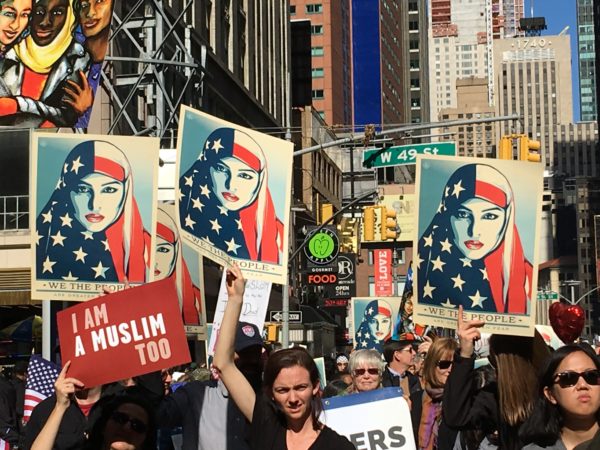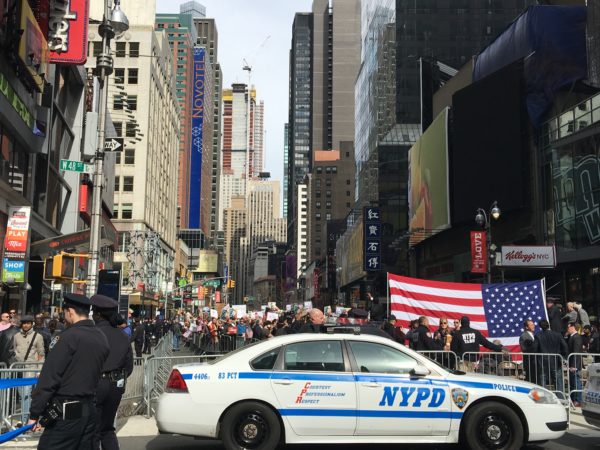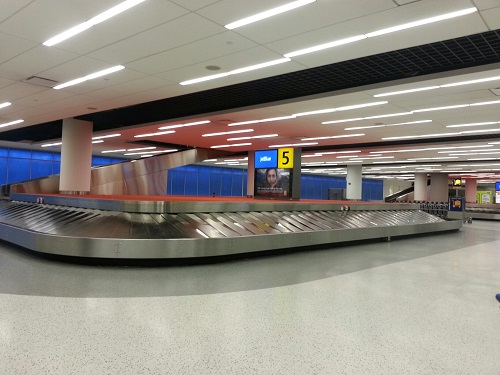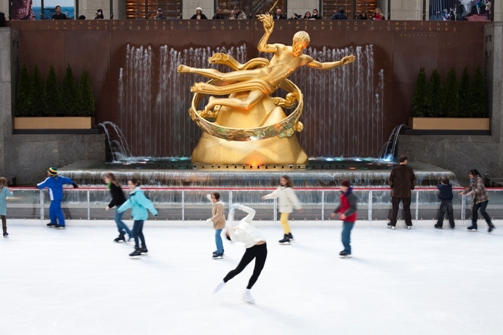
President Donald Trump signed an executive order on March 6 renewing his controversial travel ban for citizens from six-majority Muslim countries. The order, which Trump signed in private unlike his previous executive orders, will take effect on March 16.
The new order has changed since his original ban was struck down by courts as being unconstitutional. The current order places a 90-day ban on travel to the US from citizens from Iran, Somalia, Sudan, Yemen, Syria, and Libya but allows citizens of Iraq with visas to enter the country.
The US refugee program will also be suspended for 120 days and has been amended to state that the number of refugees a year will be cut from 110,000 to 50,000.
At a brief press announcement during which questions were not taken, Department of Homeland Security Director, John Kelly said the order would be enforced, “humanely,” a comment directed toward criticism that the original ban caused harm and havoc at airports when it was first enacted.
Senator Charles Schumer (D. NY) stated that a “watered down ban is still a ban.”

NYC & CO, the tourism authority of New York City has said that the travel ban is already having a negative effect on international tourism to New York City. The organization says that New York now expects to see 300,000 fewer foreign tourists this year than in 2016 prior to Trump’s inauguration. The decline could cost local businesses up to $600 million in related revenue.
Meanwhile, in a related security move, US travelers, as well as foreign travelers, are being subjected to new, more stringent DHS pat downs at airport checkpoints. The DHS say that the previous five possible methods have been fused into one, more comprehensive screening which some critics are calling “invasive.”
As the new pat down takes effect and as protests are likely at US airports in response to the renewed travel ban, travelers should allow extra time to get through security lines to both national and international flights.





